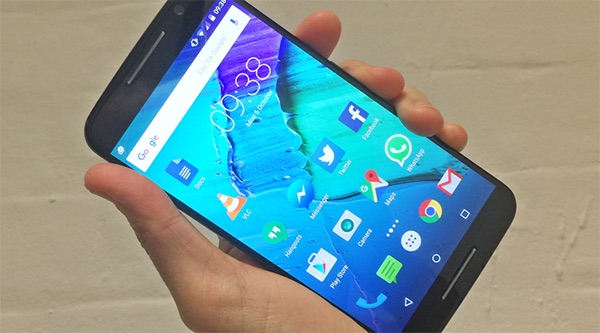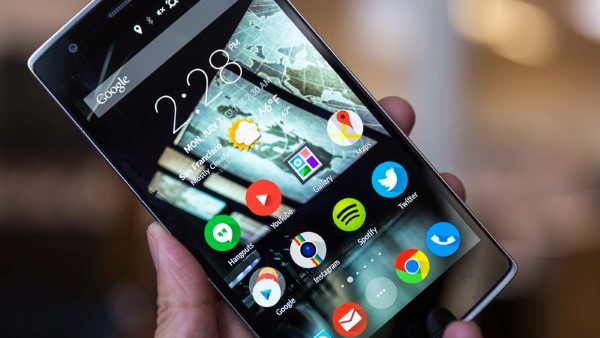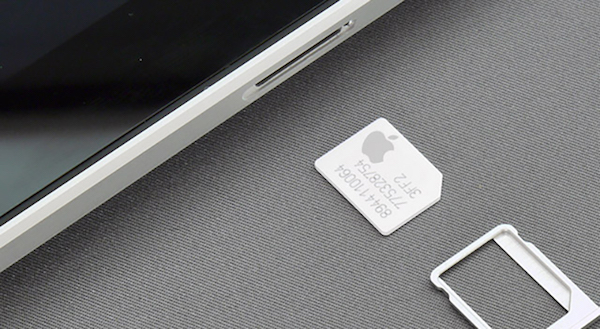Here’s how the government spies on your smartphone

Governments spy. Collectively as a society we have known that for some time, without ever really having proof. The phone tapping and spying scandals that have landed in the US and UK recently have blown the doors off though, and we now know definitively that our government taps into our smartphones to spy. How they do that is not universally known, but a new tool can help teach you to know how those pesky spooks operate.
A UK based security firm spent some time with the BBC and explained the situation, and it all comes down to a simple tool that is popular for spying on devices globally. 4Armed discovered that Hacking Team, a spy tool software sold by an Italian company out of Milan, had been hacked and stolen and upon further investigation the security firm found that it is the tool of choice for spying on mobile phones.
Joe Greenwood, of cybersecurity firm 4Armed, found the source code and ran it to find the full extent of Hacking Team’s capabilities. To say they are extensive is an understatement. The software is able to hack a targeted device (smartphone, tablet, PC) and access just about every nook and see any file or data.
What the software finds (website history, calls, photos, and much more) is displayed on a surveillance console that is being used by the hacker, while this console can also be used to transfer any malware onto the infected device.
“You can download files, record microphones, webcam images, websites visited, see what programmes are running, intercept Skype calls,” he told the BBC.
“We can actually take photos without them realising.
“So the camera in the background is running, taking photos every number of seconds,” he added.
So, why is this software most likely used by governments and not some kid in his bedroom? Well, 4Armed says that despite being simple, the software could cost potential buyers more than £1 million, a figure out of most people’s reach, but easily within the budgets of intelligence agencies working for governments.







Recent Comments